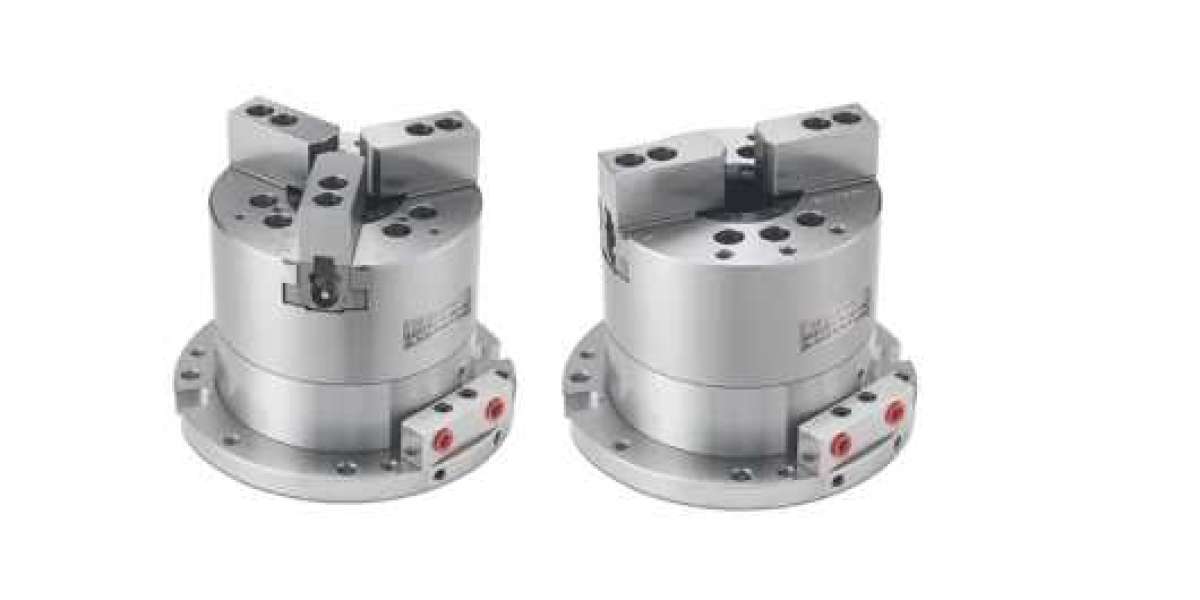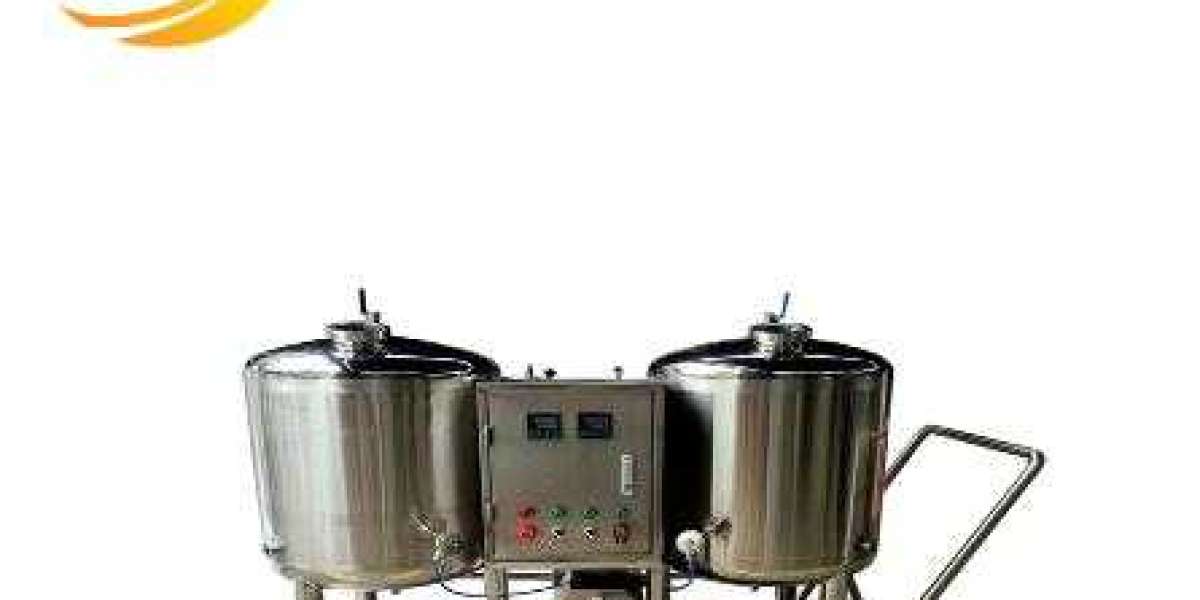Exploring the Purpose of Balloon Angioplasty in Cardiac Treatment
Preparing for Intra-Aortic Balloon Pump Therapy: Essential Steps
Post-Procedural Care Following Intra-Aortic Balloon Pump Therapy
Exploring the Advantages and Limitations of Balloon Angioplasty and Stents
### What is the primary purpose of a cardiac balloon catheter?
### How does a balloon catheter work during an angioplasty procedure?
### What are some common conditions treated by using a cardiac balloon catheter?
### What are some benefits of intra-aortic balloon pump therapy using a cardiac balloon catheter?
Exploring the realm of cardiac interventions, the cardiac balloon catheter emerges as a vital tool in treating various cardiovascular conditions. This innovative medical device plays a crucial role in procedures like angioplasty by facilitating artery dilation and improving blood flow. With its flexible design and precise functionality, the cardiac balloon catheter offers healthcare professionals a reliable solution for addressing blockages and restoring optimal heart function. Stay tuned to uncover the intricate details of this essential medical instrument that continues to revolutionize cardiac care globally.
Understanding Balloon Angioplasty and Stent Placement
Minimally Invasive Procedure
Balloon angioplasty, using a cardiac balloon catheter, is a minimally invasive procedure that aims to open narrowed or blocked blood vessels. This technique involves threading a deflated balloon through the artery to the blockage site. Once in place, the balloon is inflated, pushing plaque against the artery walls and widening the vessel to restore proper blood flow. Subsequently, when the balloon is deflated and removed, it allows blood to flow freely through the now-expanded artery.
The use of a cardiac balloon catheter during angioplasty offers several advantages:
Quick recovery time
Less pain compared to traditional surgery
Reduced risk of complications associated with major surgical procedures
Stent Placement Process
Stent placement often accompanies balloon angioplasty in treating coronary artery disease. After using a cardiac balloon catheter to widen the narrowed vessel, a stent—a small metal mesh tube—is inserted into the newly opened area. The stent acts as scaffolding within the artery, preventing it from closing up again post-procedure.
Here are some key points regarding stent placement following angioplasty:
Ensures long-term patency of treated arteries
Reduces chances of restenosis (re-narrowing) at the treatment site
Improves overall blood circulation in critical areas like those surrounding heart muscles
Exploring the Purpose of Balloon Angioplasty in Cardiac Treatment
Restoring Normal Blood Flow
Balloon angioplasty aims to restore normal blood flow by opening up blocked or narrowed arteries. When arteries become clogged with plaque, blood flow to the heart is restricted, leading to various symptoms and increasing the risk of serious complications like heart attacks. By using a cardiac balloon catheter, doctors can widen the artery and improve blood circulation.
Balloon angioplasty helps alleviate symptoms such as chest pain and shortness of breath that occur due to reduced blood flow in the coronary arteries. Imagine a blocked pipe causing water pressure to drop; similarly, when an artery is obstructed, it reduces oxygen-rich blood supply to the heart muscle. By clearing these blockages with a balloon catheter during angioplasty procedures, patients experience relief from discomfort and improved overall heart function.
Reducing Risk of Complications
In addition to symptom relief, balloon angioplasty plays a crucial role in reducing the risk of severe complications associated with restricted blood flow. Atherosclerosis narrows arterial pathways over time, making individuals vulnerable to life-threatening events like heart attacks. Through timely intervention with procedures like balloon angioplasty using specialized cardiac devices like stents if needed—patients can significantly lower their chances of experiencing adverse outcomes related to cardiovascular diseases.
Comprehensive Overview of Angioplasty Procedure Details
Balloon Insertion and Inflation
During cardiac balloon catheter angioplasty, a thin tube with a deflated balloon is placed in the blocked artery. This allows for the inflation of the balloon to push away plaque or fatty deposits causing blockages. The process widens the artery to restore proper blood flow.
The insertion of a cardiac balloon catheter is crucial in angioplasty as it helps clear blockages efficiently. For instance, when there's an area of arterial narrowing due to plaque buildup restricting blood flow, this procedure can effectively widen the pathway for better circulation. By inflating and then deflating the balloon within the narrowed section, doctors can restore normal blood flow through the vessel.
Improved Blood Flow Pathway
After inserting and inflating a cardiac balloon catheter, physicians deflate and remove it once plaque displacement occurs, leaving behind an expanded artery lumen. This results in improved blood flow through that particular vessel segment post-procedure. Patients often experience enhanced circulation following successful angioplasty.
The removal of a cardiac balloon catheter after widening an artery ensures that patients have restored blood flow without any obstruction from previously existing plaques or fatty deposits. As a result, individuals undergoing this procedure typically benefit from increased oxygen-rich blood supply reaching their heart muscle efficiently.
Understanding the Conditions Treated by Angioplasty
Coronary Artery Disease
Coronary artery disease is a common condition where the arteries supplying blood to the heart become narrowed or blocked. Angioplasty is frequently used as a treatment for this ailment, restoring proper blood flow to the heart muscle. During angioplasty, a cardiac balloon catheter is inserted into the affected artery and inflated to widen it, allowing enough blood to reach the heart.
Angioplasty can effectively alleviate symptoms of coronary artery disease such as chest pain (angina) and shortness of breath. By improving blood flow through the coronary arteries, this procedure helps reduce the risk of heart attacks and other serious complications associated with restricted blood supply to the heart muscle.
Pros:
Restores proper blood flow to the heart
Alleviates symptoms like chest pain and shortness of breath
Cons:
Risk of complications such as bleeding or injury at catheter insertion site
Possibility of re-narrowing in treated artery over time
Peripheral Artery Disease (PAD)
Peripheral artery disease affects arteries outside of the heart, commonly in legs and arms. Angioplasty can be utilized as a treatment for PAD by widening narrowed or blocked arteries in these regions. The use of a cardiac balloon catheter during angioplasty helps improve blood circulation in limbs affected by peripheral artery disease.
Patients with PAD may experience symptoms like leg pain while walking (claudication) due to reduced blood flow. Angioplasty aims to relieve these symptoms by enhancing blood flow through blocked or constricted arteries, promoting better circulation in limbs.
Key Information:
Widens narrowed or blocked arteries outside of the heart
Improves circulation in limbs affected by peripheral artery disease
Preparing for Intra-Aortic Balloon Pump Therapy: Essential Steps
Diagnostic Tests
Patients scheduled for cardiac balloon catheter insertion undergo diagnostic tests to evaluate their heart condition. These tests help healthcare providers assess the severity of the patient's cardiac issues, ensuring that they receive appropriate treatment. Common diagnostic procedures include electrocardiograms (ECGs), echocardiograms, and angiograms.
Diagnostic Tests:
ECGs
Echocardiograms
Angiograms
Medication Adjustment
Before undergoing cardiac balloon catheter therapy, patients might need adjustments in their medications to optimize cardiovascular health. This step aims to stabilize the patient's heart function and reduce any potential risks associated with the procedure. Physicians may alter dosages or introduce new medications to prepare the patient adequately.
Medication Adjustment:
Stabilize heart function
Reduce procedural risks
Pre-Procedural Instructions
Patients are provided with detailed instructions before cardiac balloon catheter therapy. They are typically advised on fasting requirements, medication restrictions, and other essential preparations leading up to the procedure. Following these instructions diligently is crucial for ensuring a successful and safe intervention.
Pre-Procedural Instructions:
Fasting requirements
Medication restrictions
Other necessary preparations
Intra-Aortic Balloon Pump Therapy: Uses and Benefits
Benefits of Intra-Aortic Balloon Pump Therapy
Intra-aortic balloon pump therapy, using a cardiac balloon catheter, serves various purposes. It assists the heart by improving coronary artery blood flow and is particularly useful for patients with severe heart failure or cardiogenic shock. This therapy is also beneficial during high-risk cardiac procedures where the heart might need additional support.
The primary advantage of intra-aortic balloon pump therapy is its ability to decrease the workload on the heart muscle. By doing so, it helps enhance coronary artery blood flow and oxygen supply to essential organs like the brain and kidneys. This reduction in workload can be crucial for patients experiencing compromised heart function, providing them with much-needed support during critical periods.
Enhancing Heart Function
The cardiac balloon catheter used in intra-aortic balloon pump therapy plays a vital role in enhancing heart function by synchronizing with the cardiac cycle. When inserted into the aorta, this specialized catheter inflates and deflates at specific times within the heartbeat cycle. During inflation, it augments coronary perfusion pressure which improves blood flow to the myocardium - effectively reducing afterload on the left ventricle.
This synchronized action of inflation and deflation achieved through intra-aortic balloon pump therapy not only enhances coronary perfusion but also reduces myocardial oxygen demand. By decreasing both preload and afterload on the heart, this therapeutic intervention contributes significantly to overall cardiac function improvement.
Post-Procedural Care Following Intra-Aortic Balloon Pump Therapy
Monitoring and Medications
Patients who undergo cardiac balloon catheter insertion for intra-aortic balloon pump therapy require close monitoring post-procedure. This typically occurs in an intensive care unit or cardiac care unit. During this time, healthcare providers keep a vigilant eye on the patient's vital signs, ensuring stability and early detection of any complications that may arise. Medications are administered to manage pain effectively, prevent infections, and regulate blood pressure levels. These medications play a crucial role in supporting the patient's recovery process.
Following cardiac balloon catheter placement for intra-aortic balloon pump therapy, patients often experience discomfort or pain at the insertion site. Pain management is essential to ensure the patient's comfort during this critical phase of recovery. Through appropriate medication administration, healthcare providers aim to alleviate any discomfort experienced by the patient post-procedure. By addressing pain promptly and effectively, patients can focus on their healing process without unnecessary suffering.
Rehabilitation Programs
Rehabilitation programs are commonly recommended after undergoing cardiac balloon catheter insertion for intra-aortic balloon pump therapy. These programs are designed to aid in the patient's recovery journey by focusing on physical activity tailored to their individual needs and capabilities. The goal of rehabilitation post-procedure is not only limited to recovering from the intervention but also aims to improve overall cardiovascular health significantly.
Incorporating exercise routines into daily life can enhance cardiovascular fitness levels while promoting better heart health outcomes over time. By participating in structured rehabilitation programs under professional guidance, patients can gradually regain strength and endurance following cardiac balloon catheter placement for intra-aortic balloon pump therapy.
Managing Restenosis After Angioplasty
Understanding Restenosis
Restenosis is the re-narrowing of an artery following angioplasty, which can restrict blood flow. This condition often occurs due to the buildup of scar tissue inside the treated artery.
Angioplasty involves opening a blocked or narrowed artery using a balloon catheter. However, over time, the artery may narrow again due to various factors like inflammation and excessive tissue growth.
In cases where restenosis occurs after angioplasty, patients may experience symptoms like chest pain or shortness of breath. To manage restenosis effectively, healthcare providers employ different strategies tailored to each patient's condition.
Treatment Approaches for Restenosis
Medication: Antiplatelet drugs are commonly prescribed post-angioplasty to prevent blood clots that could lead to restenosis.
Repeat Angioplasty: In some instances, patients might need another angioplasty procedure if significant restenosis develops.
Stent Placement: Another option is placing stents in the affected artery during a repeat procedure to help keep it open.
Managing restenosis requires close monitoring by healthcare professionals through regular check-ups and imaging tests. By promptly addressing any signs of recurring narrowing in the arteries, doctors can prevent complications and ensure optimal recovery for patients.
Exploring the Advantages and Limitations of Balloon Angioplasty and Stents
Advantages of Cardiac Balloon Catheter Procedures
Balloon angioplasty using a cardiac balloon catheter offers several benefits. It is a minimally invasive procedure that involves threading a deflated balloon through blood vessels to the site of blockages in artery walls. Once in place, the balloon is inflated to compress the blockage against the artery wall, restoring blood flow. This method results in shorter recovery times for patients compared to traditional open-heart surgery. Patients undergoing this procedure often experience an improved quality of life post-treatment.
Patients who opt for balloon angioplasty procedures typically benefit from reduced hospital stays and quicker return to their daily activities due to its less invasive nature. This makes it a preferred choice for many individuals seeking treatment for coronary artery disease.
Minimally invasive
Shorter recovery time
Improved quality of life
Limitations Associated with Cardiac Balloon Catheters
Despite its advantages, there are limitations associated with balloon angioplasty procedures using cardiac catheters that patients should be aware of before opting for this treatment option. One significant limitation is the possibility of restenosis, where the treated blood vessel becomes narrowed again over time, requiring further intervention or monitoring by medical providers.
Another drawback is the need for long-term medication use following angioplasty procedures to prevent complications such as blood clots or recurrent blockages in arteries. Patients may have to adhere strictly to medication regimens prescribed by their doctors to maintain optimal heart health post-procedure.
Possibility of restenosis
Long-term medication use
Need for continued monitoring
Understanding Stents in Cardiac Interventions
In addition to balloon angioplasty, stents are commonly used during cardiac interventions as part of treatments aimed at keeping blood vessels open after blockages have been cleared using balloons or other methods. Stents act as support structures within blood vessels, preventing them from collapsing and maintaining adequate blood flow.
However, despite their benefits in supporting vessel patency, stents come with their own set of limitations that patients need to consider before undergoing these procedures:
Risk Factors: There's an inherent risk associated with stent thrombosis—a condition where a clot forms inside the stent—which can lead to severe complications if not addressed promptly.
Medication Requirement: Patients receiving stents often require dual
Final Remarks
The detailed exploration of balloon angioplasty, stent placement, intra-aortic balloon pump therapy, and post-procedural care has shed light on the critical aspects of cardiac treatment. Understanding the nuances of these procedures and therapies is paramount for healthcare professionals striving to provide optimal care for patients with cardiovascular conditions. From managing restenosis to weighing the advantages and limitations of these interventions, a comprehensive approach is essential in ensuring successful patient outcomes.
To stay abreast of the latest advancements in cardiac interventions and improve patient care, continuous learning and collaboration with multidisciplinary teams are imperative. By integrating the knowledge gained from this overview into daily practice, healthcare providers can enhance their skills, refine their decision-making processes, and ultimately contribute to better patient experiences and outcomes.
Frequently Asked Questions
### What is the primary purpose of a cardiac balloon catheter?
A cardiac balloon catheter is primarily used in procedures like angioplasty to widen narrowed or blocked blood vessels and improve blood flow to the heart muscle.
### How does a balloon catheter work during an angioplasty procedure?
During angioplasty, a deflated balloon catheter is inserted into the narrowed artery. Once in place, the balloon is inflated to compress plaque against the artery walls, widening the vessel and restoring proper blood flow.
### What are some common conditions treated by using a cardiac balloon catheter?
Cardiac balloon catheters are commonly used to treat conditions such as coronary artery disease, angina (chest pain), and heart attacks caused by blockages in the arteries supplying blood to the heart.
### What are some benefits of intra-aortic balloon pump therapy using a cardiac balloon catheter?
Intra-aortic balloon pump therapy can help improve blood flow and oxygen delivery to the heart, reduce workload on the heart muscle, stabilize patients with severe heart failure or cardiogenic shock, and support recovery after certain cardiac procedures.
### Are there any limitations associated with using a cardiac balloon catheter for procedures like angioplasty?
While effective in many cases, limitations of using a cardiac balloon catheter include potential risks such as arterial damage during insertion, restenosis (re-narrowing) of treated arteries over time, and complications related to underlying cardiovascular conditions.







